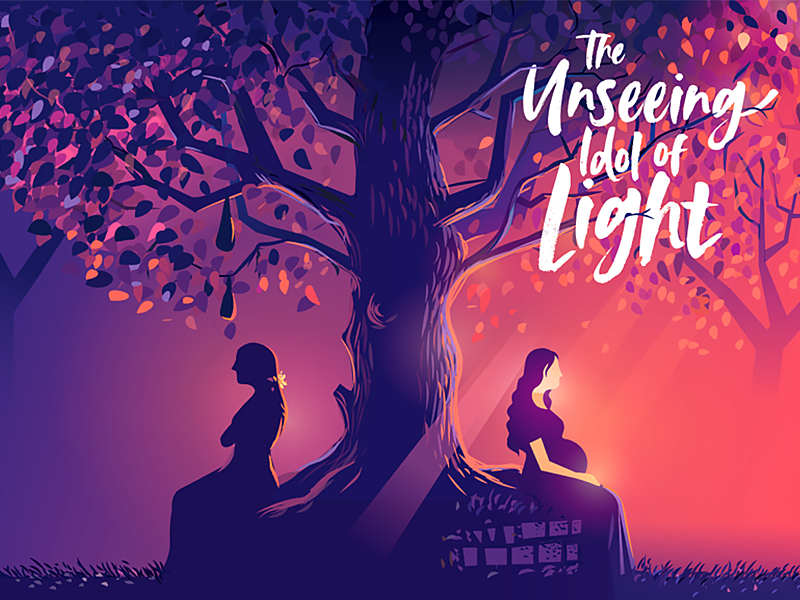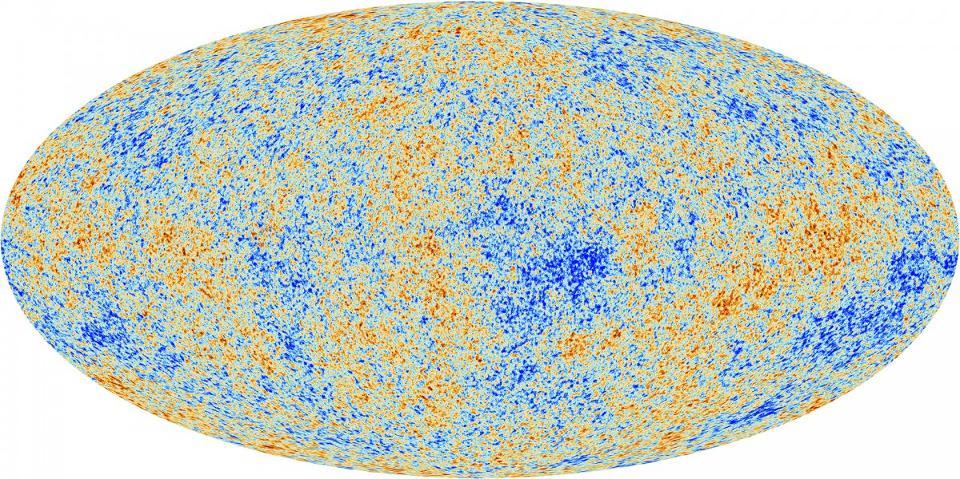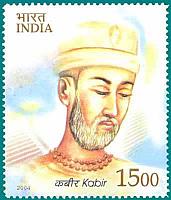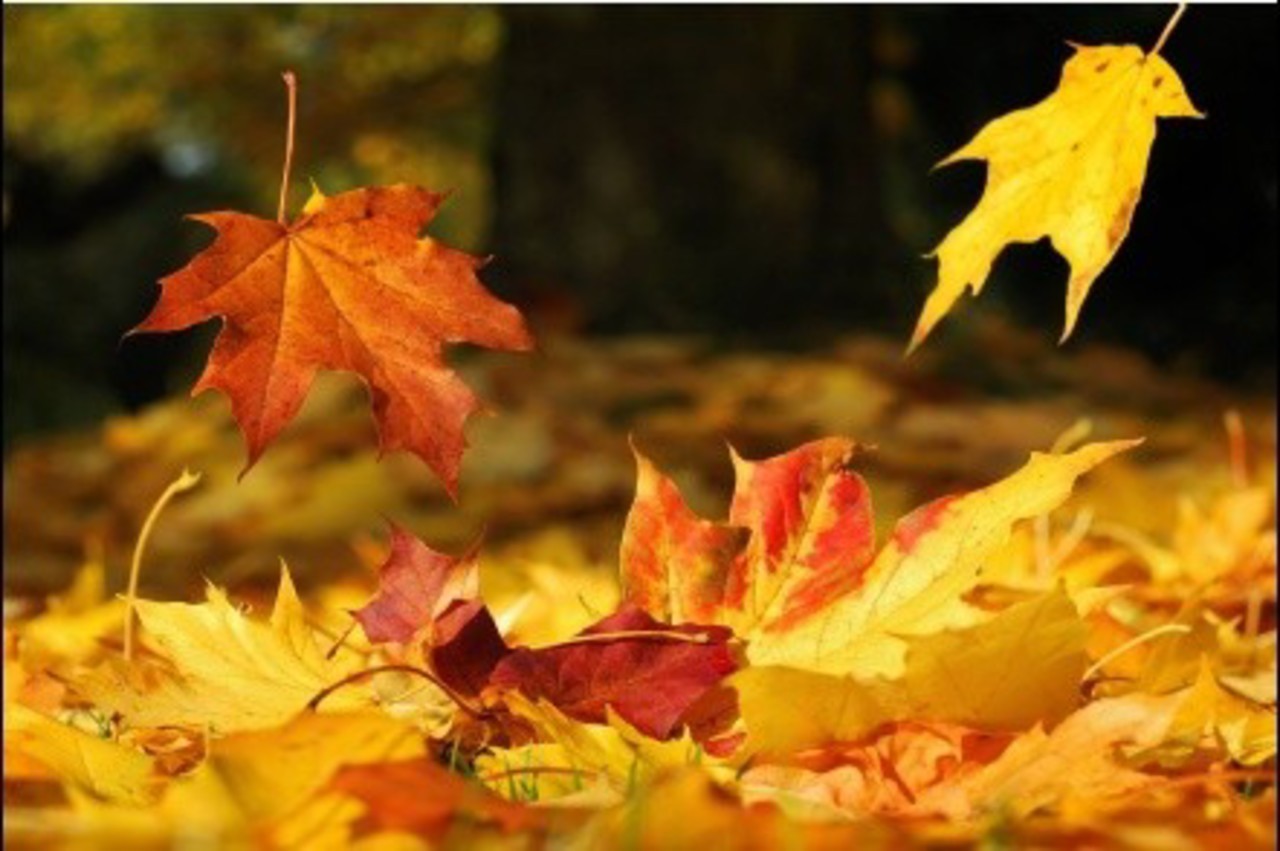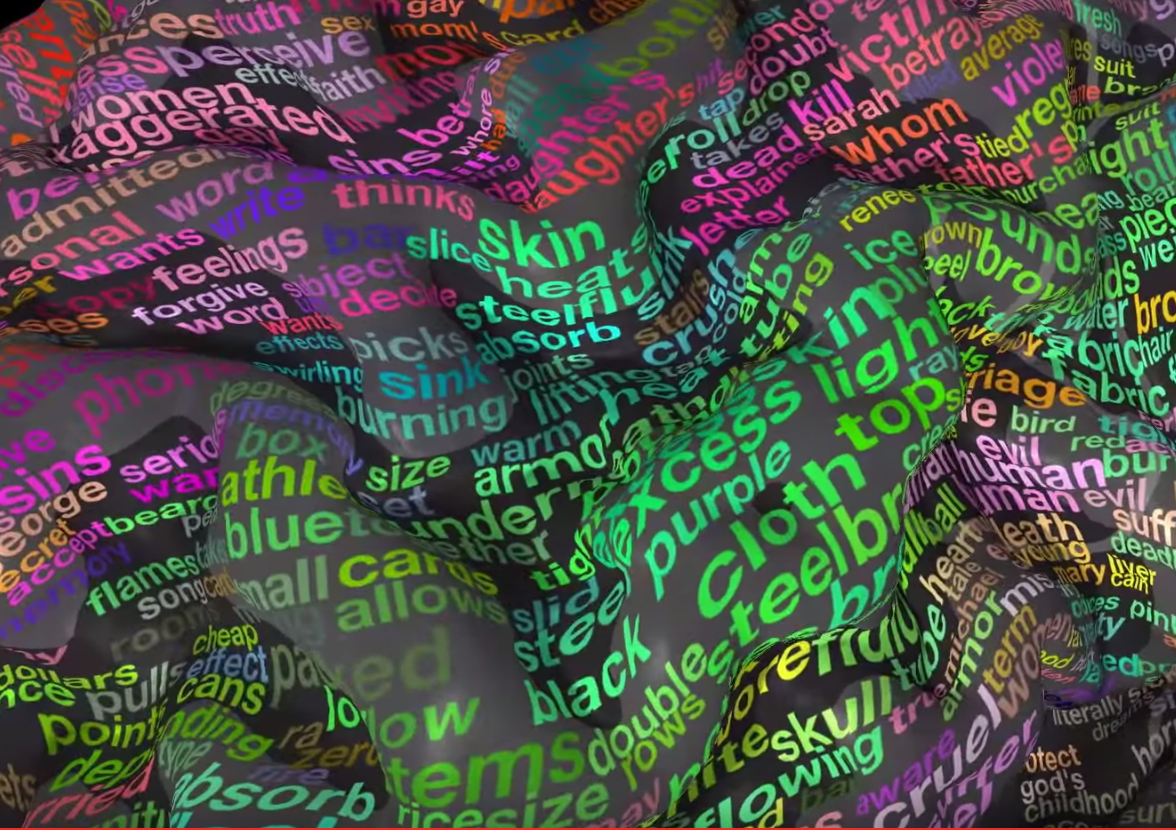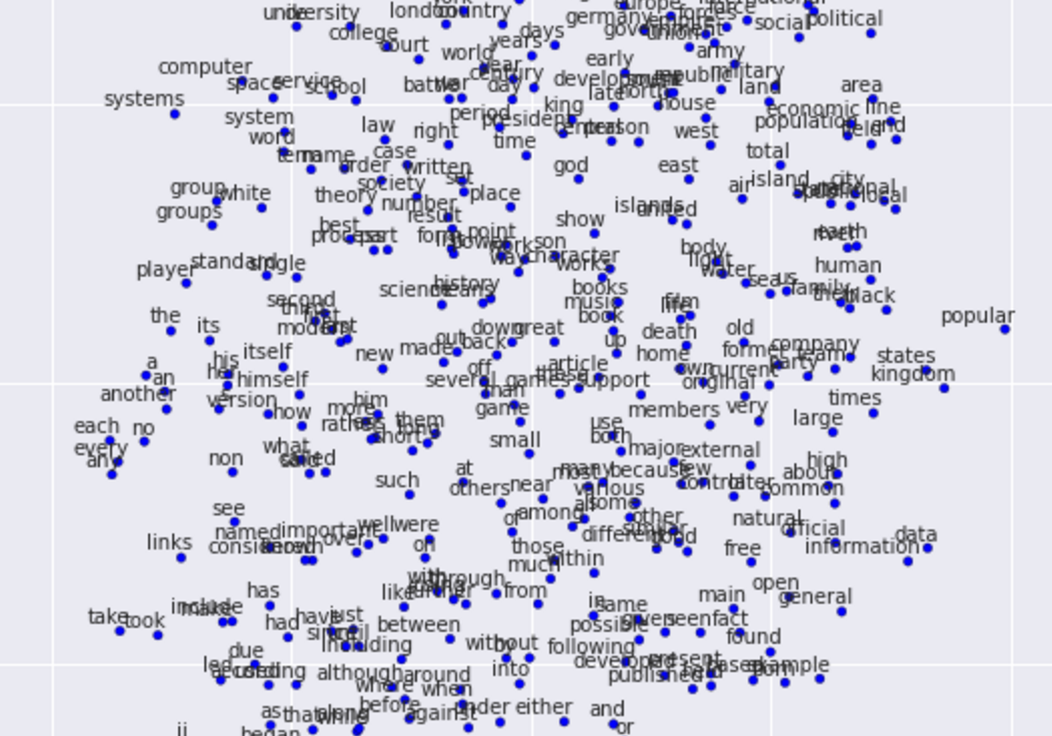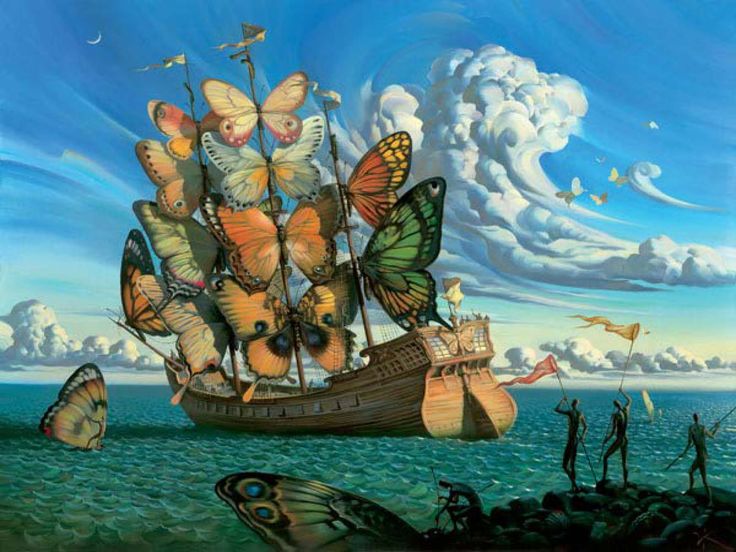





Three amazing migrations by tiny living creatures. The first one is by the Ruby-throated Humming Bird, weighing a couple of grams, the same weight as that of a couple of dimes, which can choose to fly nonstop 500 miles over the gulf of Mexico instead of taking the land route over the coastline. The second is the land route taken by Monarch butterflies which can fly 3000 miles over the land from the northeast USA to the southwest Mexico. And, the world champion is an ordinary looking bird, known as the Bar-tailed Godwit or Kuaka (in New Zealand), weighing the same as two oranges, which can fly all the way from Alaska to New Zealand, a journey of over 7000 miles. The record is held by a kuaka which flew from Alaska to Tasmania, a nonstop flight of more than 8000 miles over the great Pacific Ocean. It lost half of its weight during the epic flight which lasted 11 days!
For a moment, imagine yourself being a tiny ruby-throated humming bird and making the final decision to hover over the flowers and get some nectar, for one last time, before you embark on the nonstop journey of five hundred miles over the sea rather than the safer route over land.
Humans have moved around the earth. We prefer to migrate along the economic routes. In the future, hopefully it will be within the solar system and beyond, driven by a desire to explore.
In our individual lives, we decide to take certain paths. Our own migration paths. Our own journeys.
Here is a poem for the kuaka which flew from Alaska to Australia.
What happens when a bird Over an endless sea gets tired? What does it do when the flapping Of its wings start weakening? Over an immense with no horizons It seeks a place to rest? It knows it has no choice But to keep flying! From a distance it looks Such a marvelous voyager To naturalists and documentary watchers, - but its little beating heart alone knows The pain of being so far away from home! Here is a beautiful song by Glen Campbell for all of you who have had the courage to fly high and free, irrespective of the outcome. Wing through the skies!









